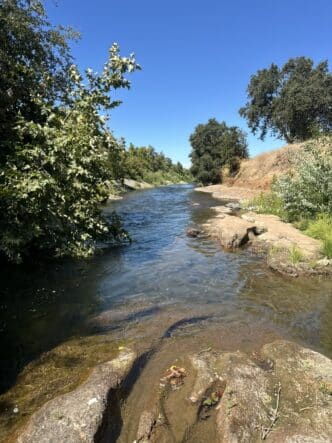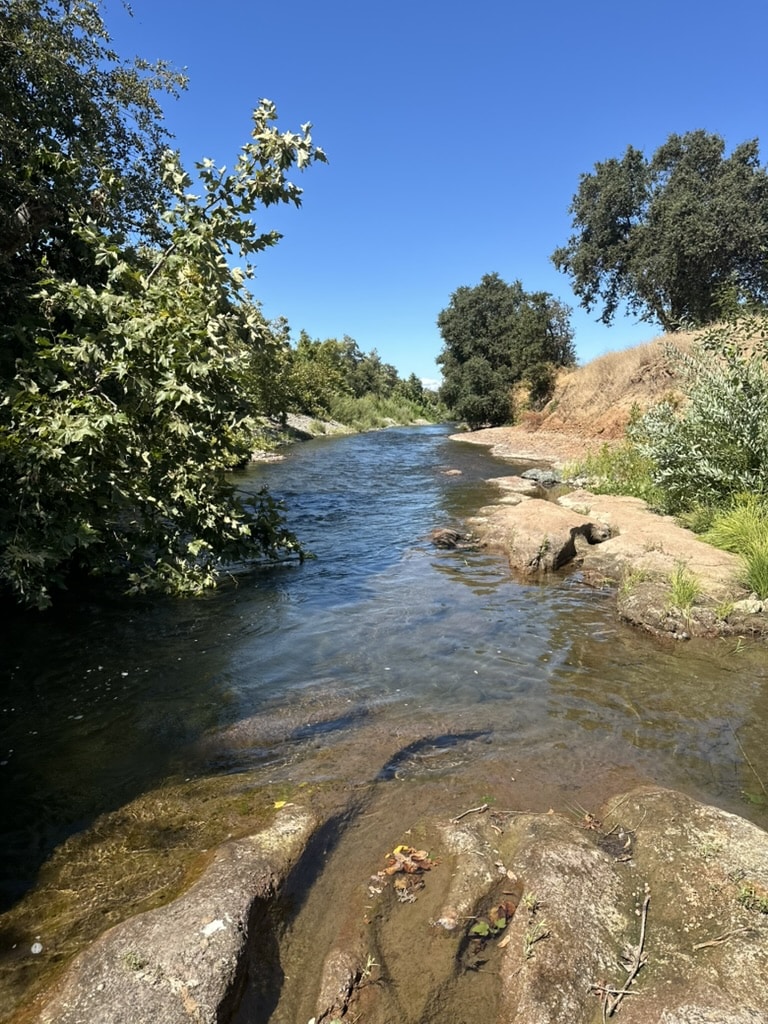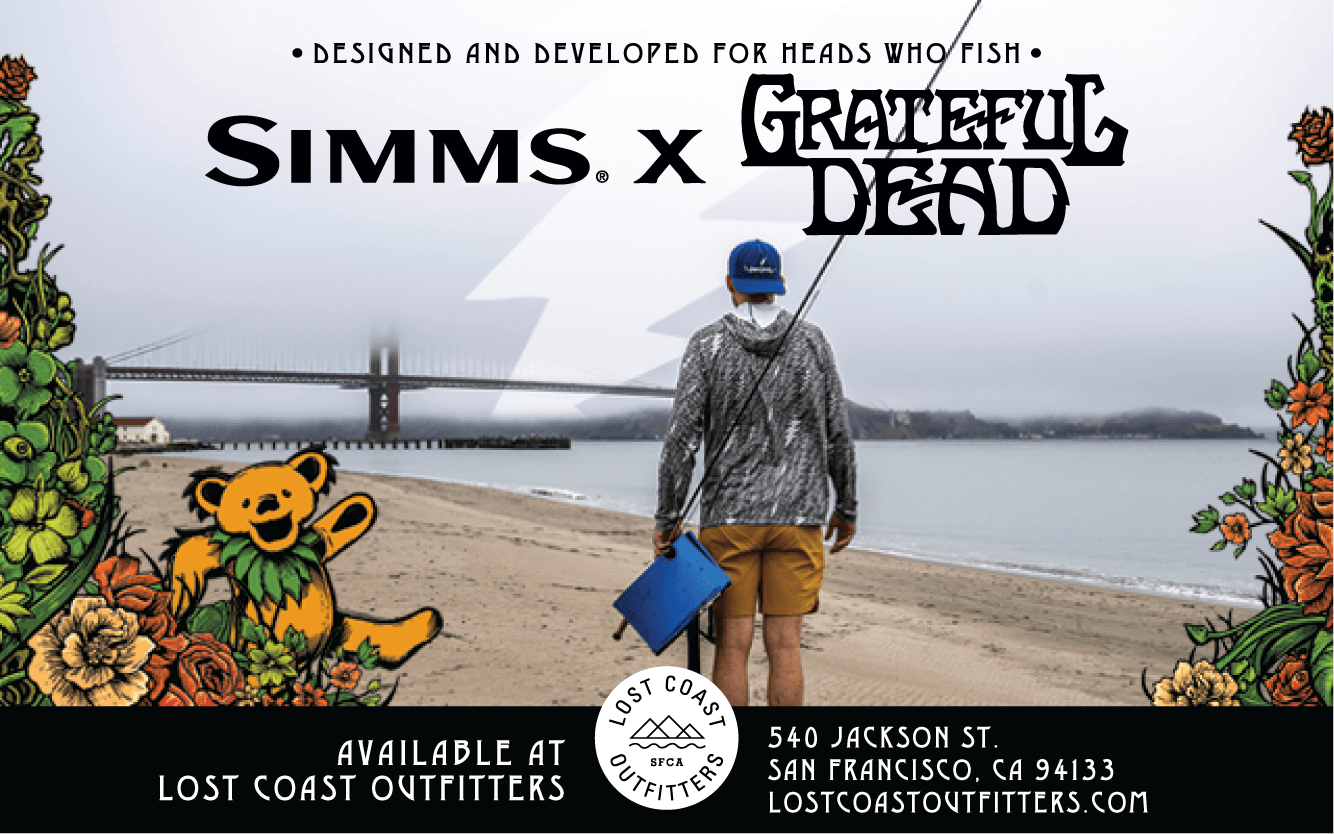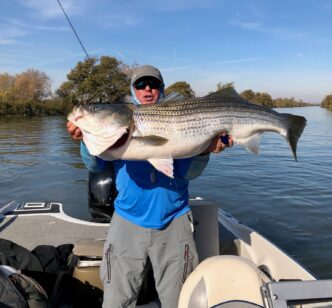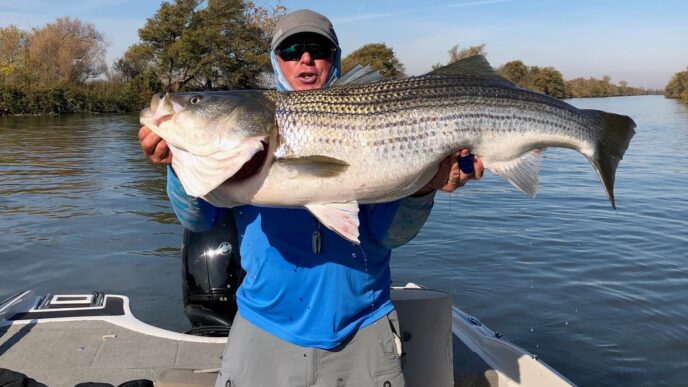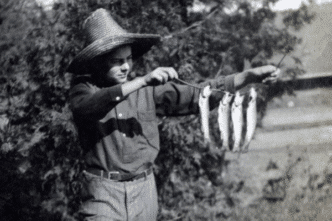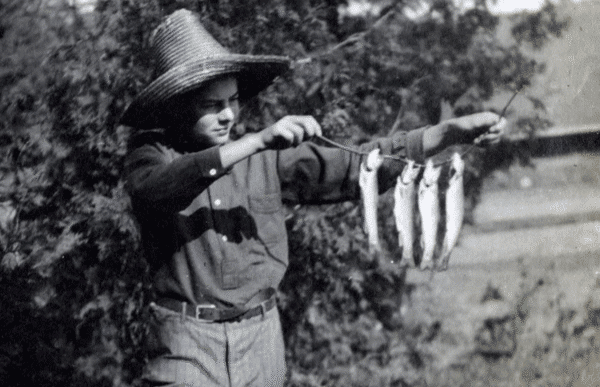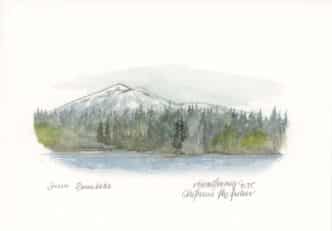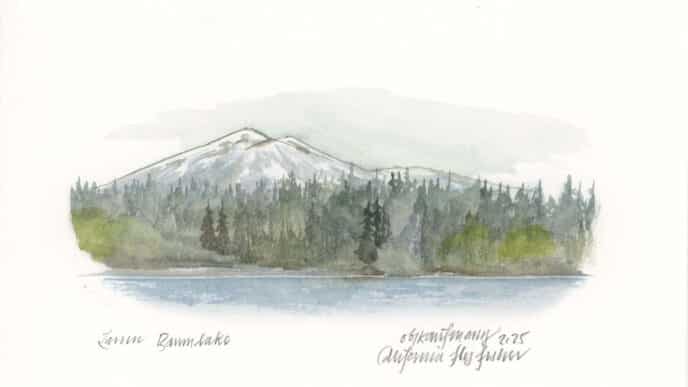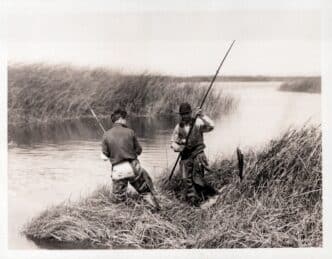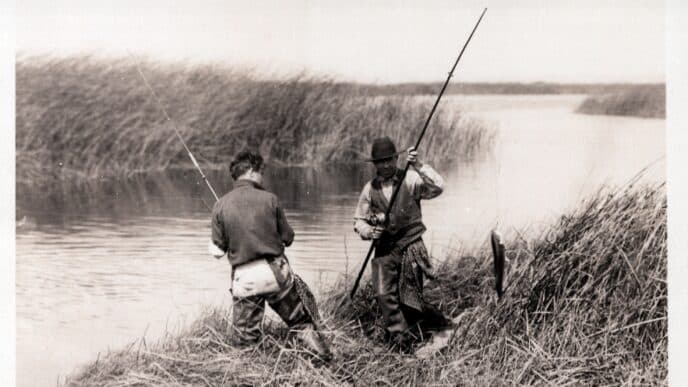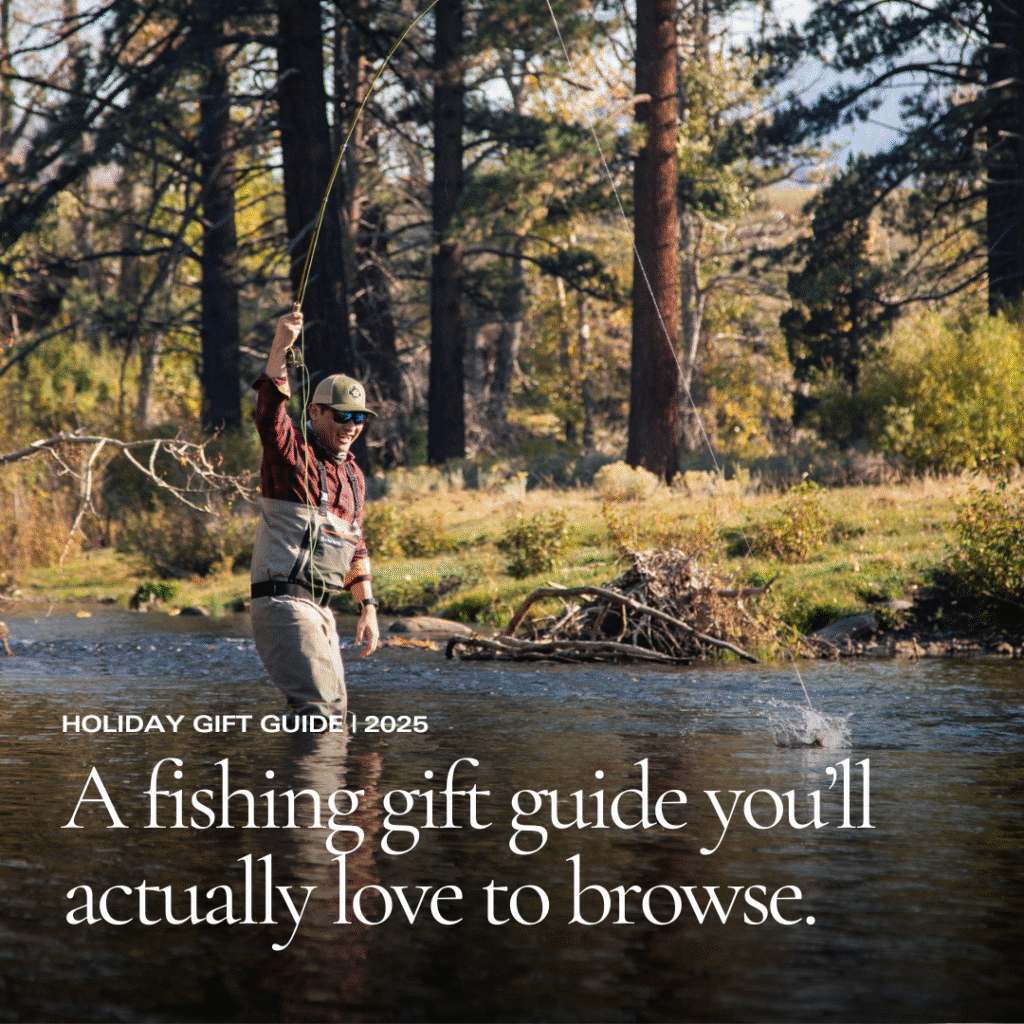Don’t Forget Your Roots
It has been a weird summer season for me so far. I had a list of places I wanted to fish and things I wanted to do to escape the summer doldrums, but truck and boat issues derailed some of those plans. Until this last month, I would have told you that I keep my fishing pretty simple, but I’ve realized that’s far from the truth.
Early in the season, I hit a log in my jet boat on the river—totally my fault and not something I’m proud of—which caused a bunch of issues with my motor that took a few weeks to work out. Just as those problems were finally resolved, the check engine light came on in my new truck. That led to nearly a month of warranty repairs, leaving me without a truck.
For a few weeks this summer, I was without a motorboat, which forced me to pivot my guide trips to floats down the Lower Yuba River for trout. I hadn’t guided the Yuba in nearly two years, let alone gone trout fishing. I realized how much I missed my home river and watching trout come up to eat a dry fly. There’s something refreshing about not having all the technology of a fully outfitted center-console bass boat. Not much can break down or cause confusion in a rowboat.
While front-facing sonar, down scan, spot-lock trolling motors, and a 225hp engine make guiding fun, they also increase dependence on equipment that can (and does) break. Guiding from a motorboat with all that gear creates a constant sense of anxiety that it could fail at any moment.
Later that month, my boat was back in service, and for a few weeks, everything ran smoothly. But on the way back from a lacrosse tournament in Bend, Oregon, the dreaded “check engine” light came on. It turned out to be a serious issue. Thankfully, it was covered under warranty, but it still took about a month of back-and-forth trips to the shop. In the meantime, I was left driving my dad’s old F-150 ranch truck with manual roll-down windows, a four-speed stick shift, a horn that randomly went off, and just enough reliability to cover 15–20 miles of flat ground without breaking down. On occasion, I even had to borrow my 17-year-old’s car. Needless to say, neither of those vehicles was towing a boat, which meant rescheduling or canceling guide trips.
Around this same time, I went on a work trip to Truckee. Luckily, my coworker picked me up, and we fished the area for a few days. I hadn’t fished around Truckee since I left Nevada County in 2001—over 20 years ago. On our second day, we hit the main stem of the Truckee River. Even midweek, it was insanely crowded. I hadn’t been on a river that busy in a long time. Nearly everyone I saw was fishing with some version of a Euro rod, tight-lining without indicators.
I usually joke that I don’t Euro nymph—I “American nymph” with a bobber and shot—but seeing everyone else doing it made me question whether I was out of touch with modern trout fishing. Fishing was tough, as it often is during midday in late July. We eventually pulled into a spot the local fly shop told us would be good and less crowded. I was pretty dejected by then, but I walked up to a run of big pocket water and told myself: “Dude, small black flies under an indicator with shot worked 20 years ago. They’ll work now.”
I rigged up a traditional nymph rig and promptly lost the whole thing on my first drift. I thought, “I suck. The only way to catch fish anymore must be Euro nymphing.” But I fought off that thought, re-rigged with a shorter dropper and lighter weight, and flossed it through the rocks. WHAM! The indicator shot down, and I was into a fish. At first, I thought it must be a whitefish or sucker, but then it jumped—a beautiful 16–18” wild rainbow. I eventually brought it to the bank, took a few mental snapshots, and relished the moment. What worked 20 years ago still worked. I tucked in my flies and walked back to the trucks, only to find out I had landed the only fish of the day.
The next few weeks, I rambled around in my dad’s old ranch truck, revisiting “old haunts” near home—the places where I used to fish before boats with motors, front-facing sonar, and before I became obsessed with stripers. I returned to little valley creeks with graffiti-covered bridge pilings, chasing smallmouth bass I used to catch in college when I couldn’t afford gas to get to a trout river. I pulled out an old fiberglass 4-weight and my wading boots, tossed them in the truck, and fished in the heat of the day. The smallmouth were still in the same spots, eating the same flies they had years ago.
Ultimately, I believe what I learned this summer is not to forget where you come from. Even if you feel like you’ve “evolved” to a higher level of fishing, the truth is you haven’t left those roots behind. There’s always something to learn from revisiting the places and techniques that got you started. Staying humble, finding joy in the small things, and realizing we are the sum of the steps in our journey—that’s where the meaning lies.
So, before winter hits, go fishing at that old bass pond for bluegill, or toss some Velveeta cheese in to attract catfish. Maybe throw a Royal Wulff at hatchery trout in that campground where you first learned to fish. A few months ago, I would have said that was a waste of time and that you should always push into new fisheries and techniques. But this summer taught me—well, forced me—to remember where I came from. And I’m glad it did.


